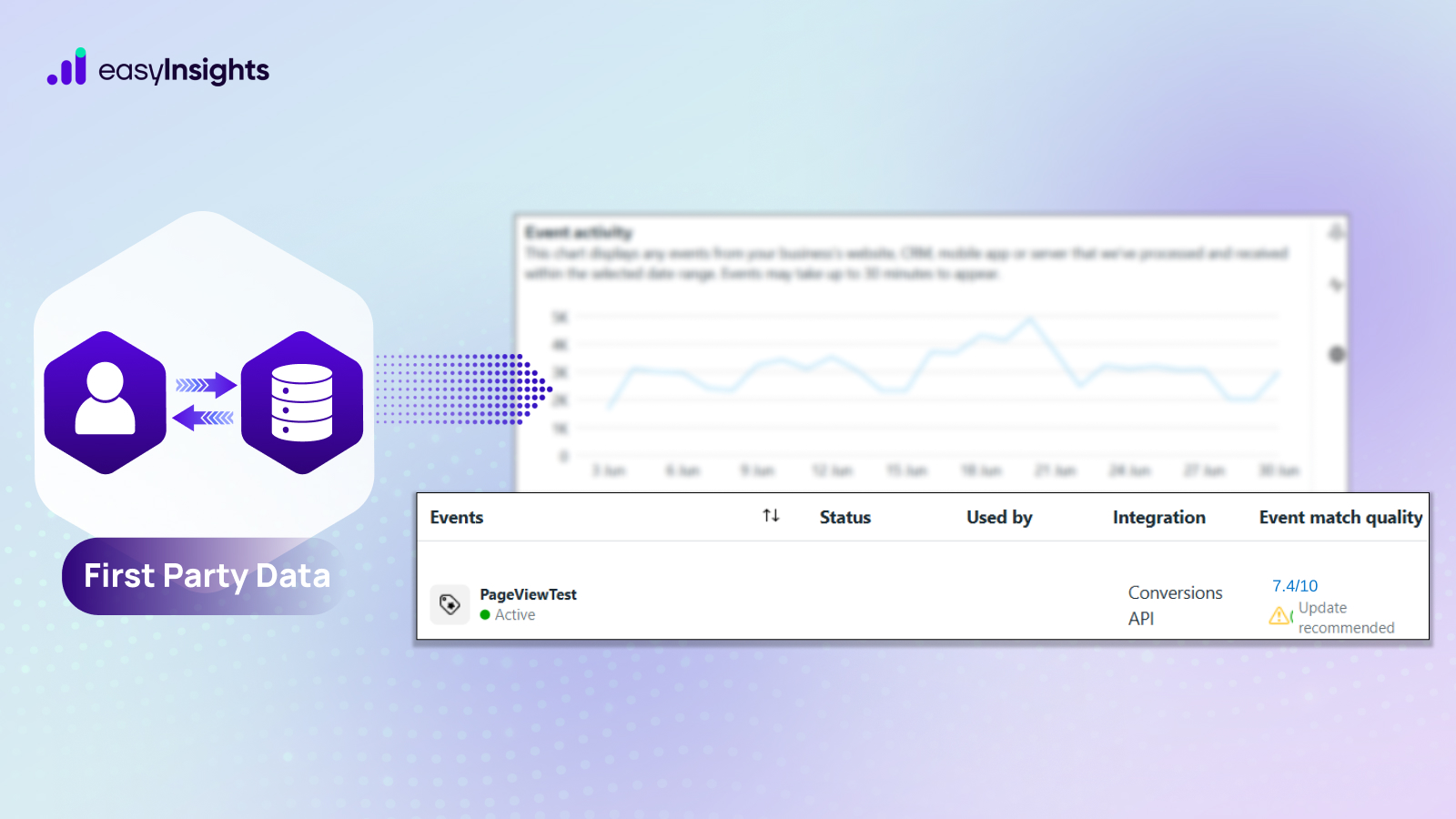
There are 2.71 billion digital buyers as of 2024. This number is 70 million more than what it was in 2023. This rise doesn’t come as a surprise, given how convenient online shopping is. But as digital buyers increase, so does your competition in getting and keeping their attention long enough to convert them. This is where Shopify metaobjects are changing the game.
Shopify Metaobjects allows e-commerce merchants to create highly customizable objects that they can leverage to customize their store data and drive their customer experience. If you’re curious about this innovative solution, stick on.
Here, we offer you a guide to Shopify metaobjects. We explore what these are, how they differ from metafields, their benefits, and how you can leverage Shopify Metaobjects. Ultimately, we leave you with some best practices to help you extract the most out of them.
Jump ahead to:
Shopify Metaobjects: An Introduction
To understand metaobjects, we first need to discuss metafields. Metafields in Shopify help you personalize the appearance and functionality of your Shopify store by allowing you to save specialized information that isn’t usually captured by Shopify admin. For instance, these can hold information such as color, product, page, etc.
Shopify metaobjects contain several metafields and are used to display parameters or repeated content in your online store. The benefit of Shopify metaobjects is that you can edit them across the pages that they’re being used on, at once, from a single place.

Shopify Metafields vs Shopify Metaobjects
Before we go any further, it’s important to understand the difference between metafields and metaobjects. As discussed above, these two are quite similar but have distinct functions. While Shopify metaobjects are used to create new data models, Shopify metafields help enhance existing data models.
For instance, let’s say you’re running an e-commerce platform dealing with grocery products and want to store information about your offerings, such as ingredients, nutritional facts, etc. For this, you’ll require Shopify metafields.
However, if you want to also add a section on a product detail page (PDP) on the farms from where you source your product, you’ll need Shopify metaobjects to define a new ‘farm’ object with fields such as name, images, location, etc. Once this is complete, the ‘farms’ metobject can be allocated to any of your product pages, where it will be visible every time a customer views the product’s page.
Benefits of Shopify Metaobjects
shopify Metaobjects allow you to manage and organize your data efficiently while driving customer experience. Here are its essential benefits that make it a non-negotiable requirement for modern e-commerce platforms.
- Improves Product Management
Metaobjects help you optimize your Shopify store by offering better searchability and organization. The metadata includes categories, tags, and other similar attributes that help you maintain and navigate your inventory effectively. This, in turn, allows you to find and identify specific products with ease.
- Enhances Customization
Shopify Metaobjects offer an advanced level of customization by helping you create a comprehensive and complex group of data. The flexibility allows you to structure and display product information in a manner that wouldn’t be possible with standard fields. This increased degree of personalization opens new creative avenues that you can explore to present unique and diverse content across your Shopify store.
- Drives Efficiency and Consistency
Shopify Metaobjects help you avoid feeding repetitive information into multiple metafields for every offering displayed in your Shopify store. Now, simply create reusable metaobjects with predefined fields and ensure consistency across all instances while reducing errors that can arise with manual data entry.
- Allows You to Make Centralized Updates
Perhaps the most crucial benefit of Shopify metaobjects is their ability to facilitate updates in one single location instead of having you navigate across your site, making changes along the way. Now, whenever you need to make a change, you can simply edit the information within the metaobject, and the changes will reflect across the pages where the metaobject is being used.
- Doesn’t Require Custom Code
With Shopify metaobjects you don’t need custom code to group content together. With the elimination of code, Shopify has made managing an e-commerce store easier for non-technical store owners and designers who might not be well-versed in coding with Liquid (templating language in Shopify). Its user-friendly admin panel helps you create, design, and manage metaobjects without writing any custom code.
Using Metaobjects: A Step-by-Step Guide
Here is how you can use metaobjects in Shopify:
Step 1: Login into your Shopify Admin panel.

Step 2: Navigate to the home screen of your Shopify Store and click on ‘Content’ in the left-hand side menu.

Step 3: Now, select ‘Add Definition’.

Step 4: Next, give a ‘Descriptive Name’ to your Metaobject definition to help identify and use the data stored in the metafield.

Step 5: Now, choose your data type for the metafield from the ‘Value Type’ drop-down menu, as shown in the screenshot below. The available options include plain text, integer, decimal, Boolean, JSON, and URL.

And that’s it. You now have an up-and-running metaobject in Shopify.
How To Use Shopify Metaobjects
Now that you know how to work with metaobjects in Shopify, let’s explore how you can implement it as well. Here are some practical applications of Shopify metaobjects:
- Brand Ambassador Profiles
If your e-commerce store features brand ambassadors, you can use metaobjects to offer customers information about them. You can create detailed profiles with images and texts and display them on relevant pages across your website.
- Raw Materials’ Information for Products
Metaobjects can help you display information about the materials involved in making a certain product. For instance, for clothing stores, metaobjects can help you add specific fabric types for each item to provide customers with detailed information on the clothing item.
- FAQs for Products
Apart from offering customers insight into what they’re buying, metaobjects can also help answer common doubts. Use metaobjects for FAQs and link them to concerned products to answer common queries instantly.
Additional read: Shopify Metrics You Should Be Tracking
Deleting a Metaobject
Now, what if you want to delete a metaobject? Let’s say you want to remove a metaobject from your e-commerce website. Here are the steps to follow:
Step 1: Navigate to ‘Settings’ In your Shopify Admin. Now, select ‘Custom Data’.
Step 2: Access the Metaobjects section and select the ones you want to delete.
Step 3: Next, click ‘Delete’. This will prompt a confirmation dialogue to appear on your screen.
Step 4: Confirm your intention to delete the metaobject by clicking on ‘Delete’.
And that’s it! Your metaobject has been successfully deleted in just four easy steps.
Best Practices for Using Metaobjects
Here are some points to keep in mind when using metaobjects in Shopify to ensure to exact the maximum out of it:
- Plan your metaobject designs well in advance to ensure a smooth execution. This will give you time to create the structure optimally.
- Eliminate the burden of coding with presets. Using preset choices within metafields helps you save time by allowing you to leverage already curated data.
- Design and utility come together seamlessly in custom metafields definitions crafted specifically for your metaobject.
Keep these points in mind and watch your Shopify store soar.
Supercharge your E-commerce Business with EasyInsights
As the number of e-commerce sites increases, you have to step up your game to continue thriving in the market. And Shopify metaobjects help you with this. By allowing you to create structured data for your online website, metaobjects help you elevate your site’s customer experience and drive sales.
What’s more, with EasyInsights’s Shopify connector, you can use valuable customer data in the martech tool of your choice to improve your Return on Ad Spend (ROAS), optimize your ad spend, and get a complete understanding of all your data with just a few clicks. So, empower your marketing team with reliable and rich first party data with EasyInsights.
To check out our platform in action, book a demo today!
Additional read: Google Retargeting with First Party Data for E-Commerce Businesses









